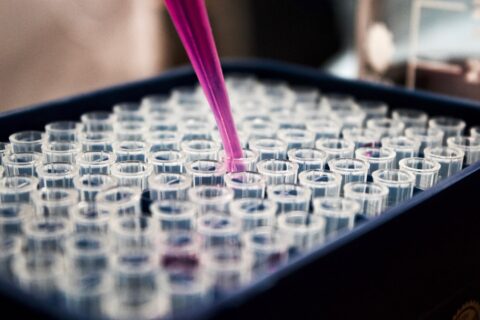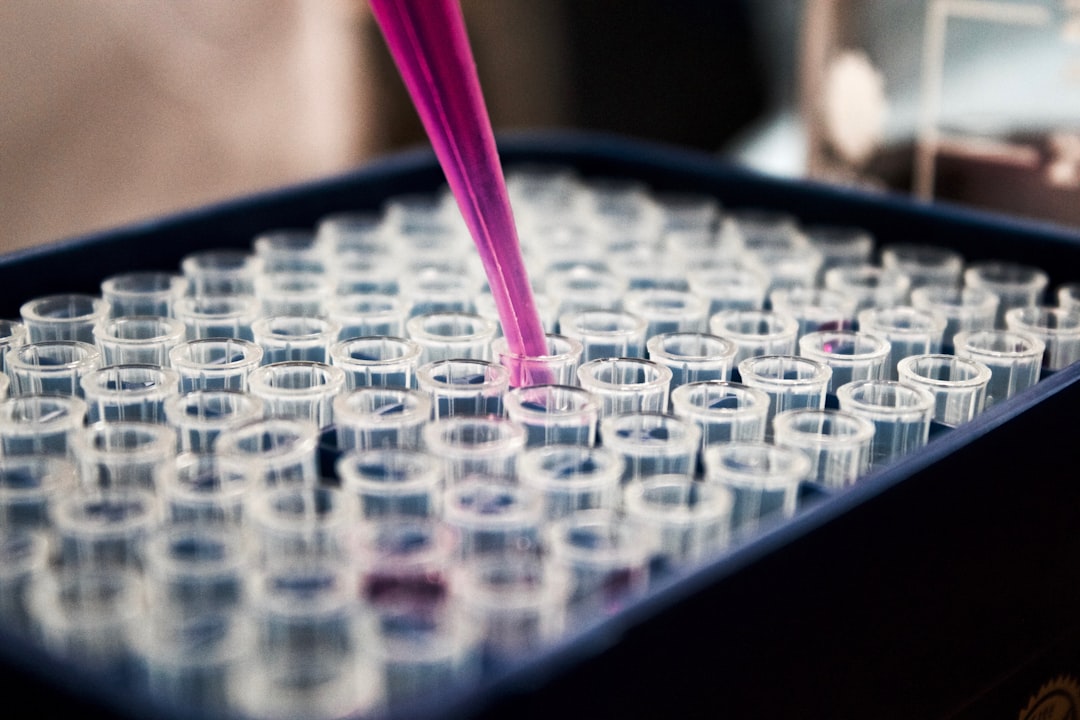Regularly cleaning your fuel tank is important. Doing this will help you avoid costly replacements resulting from fuel pump failure. Debris, rust, sediments, and other contaminates that lead to fuel pump failure find their way into the tank and build up over time.
It is, therefore, critical to remove all these contaminates. The best way to do this by taking it to a radiator shop that offers fuel tank cleaning services and have the unit steam-cleaned. Other than cleaning, the tank will also be reconditioned and checked for leaks that you may not be able to spot. The main goal of cleaning the tank is to restore its internal environment to the same condition it was in when fuel was first pumped into it.
Instead of taking the tank to a shop for cleaning, you can also do it yourself. Below we have listed the steps you should follow in fuel tank cleaning.
The Cleaning Procedures
1st Step — Remove the tank and drain all fuel. Use only a fuel caddy or an approved container to filter and store the fuel.
2nd Step — Clean rust and/or accumulated debris and dust from the top of the tank while paying close attention to the area around the hanger or module assembly to prevent contamination of the tank.
3rd Step — Remove the lock ring.
4th Step — Remove the hanger or module assembly.
5th Step — Clean the tank and rinse it with water. Then install the new hanger or module assembly.
6th Step — Add clean water into the tank and swish it around in a circular motion to remove any dirt that might still be inside. Pour the water and rinse the tank again with fresh clean water.
7th Step — Add fuel into the tank and slowly and carefully pour it out into a fuel caddy or an approved container.
8th Step — Flip the tank into an upside-down position and then tap it to get rid of any remaining dirt or sediments.
9th Step — Use clean water and dish soap to clean the inside of the tank. This might be difficult if yours is a modern fuel tank because they have baffling inside. In such a case, use clean water and soap from a high-pressure pump to clean it. After you are done cleaning, dry the tank thoroughly by simply placing it in the summer sun or by circulating compressed air through it. If you used compressed air to dry the tank, allow it to sit for at least a half an hour.










